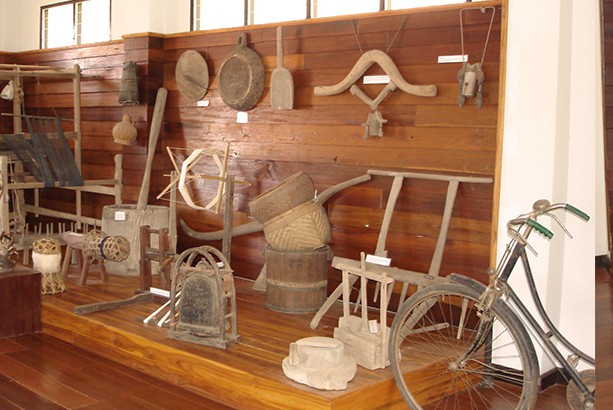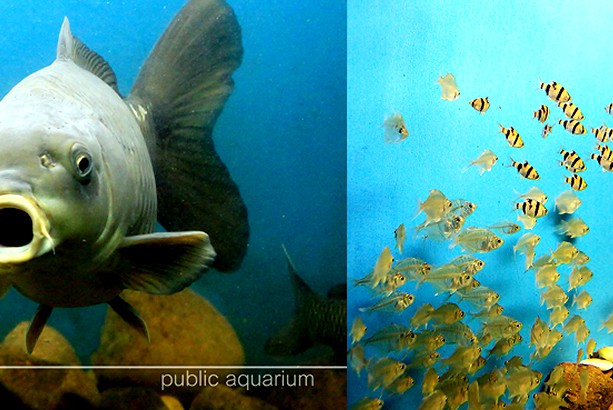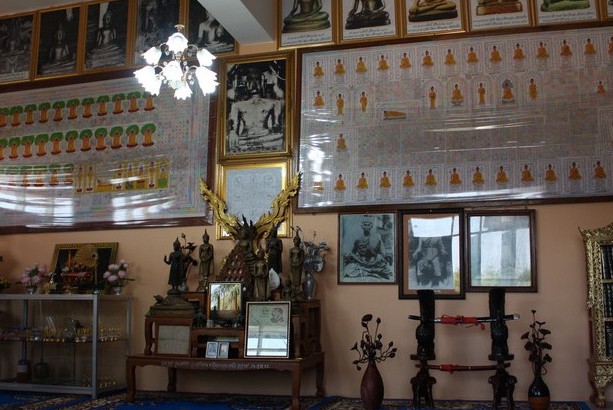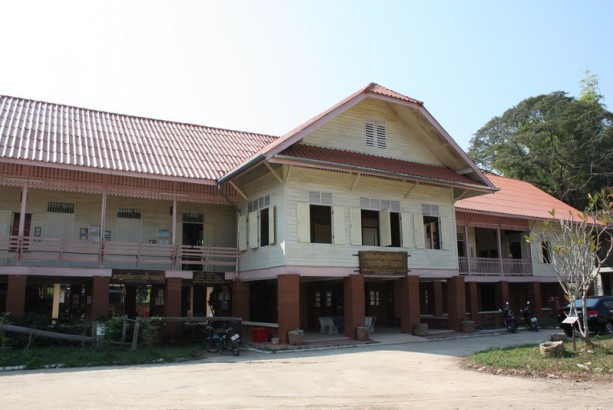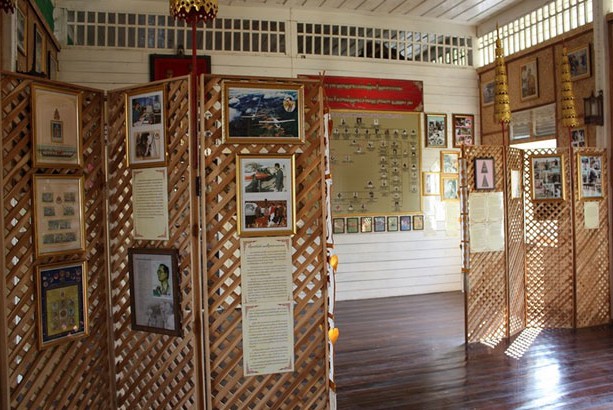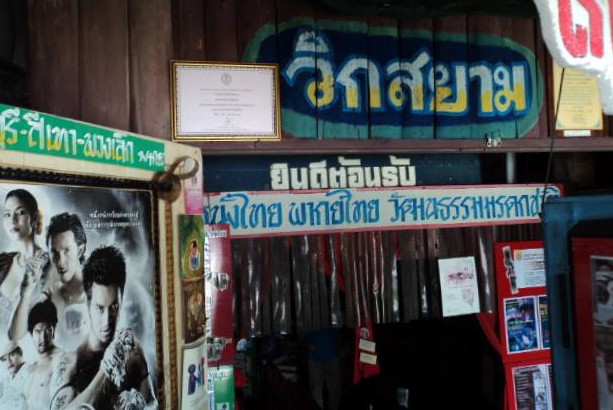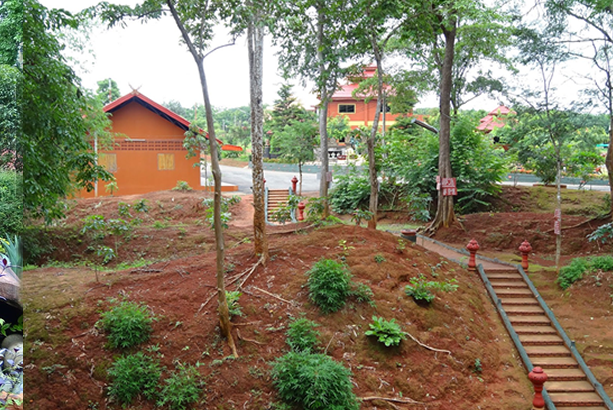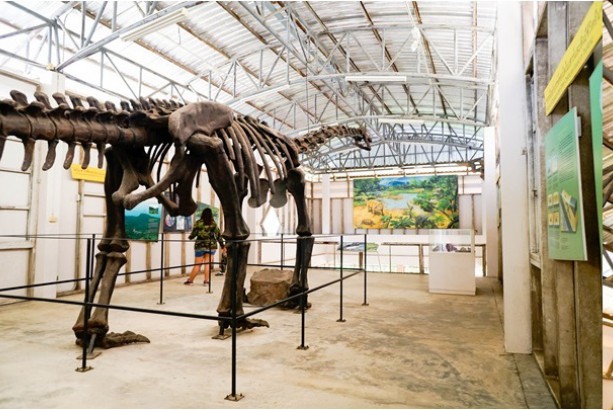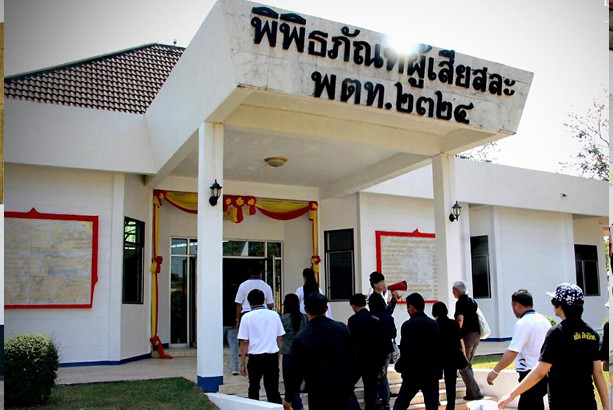Gallery
Information
Ho Watanatham Nithat at Si Koam Kam Temple serves as an exhibition hall of ancient relics which were collected by the abbot Phra Thamma Wimon Molee. His discovery of ruins and sculpture from Phayao's sandstone era (20th – 21st Buddhist Century) encouraged the abbot to collect these national treasure at Sri Umong Kam Temple. He was later transferred to be the abbot of Sri Koam Kam Temple and thus brought his collection of ancient relics to the temple in 1969.
In 1989, Her Royal Highness Princess Maha Chakri Sirindhorn graciously visited Sri Koam Kam Temple as She led the Army cadets on a study visit trip to see the abbot's collection. She then came up with the idea of establishing a museum as a means to preserve the value of this cultural heritage as well as keeping the ancient relics in proper place for educational purpose and local people's proud identity. Her Royal Highness later initiated fundraising for the construction of Phayao museum with the robes' offering for the monk in which She agreed the be the main donor.
Exhibitions inside Ho Watanatham Nithat are about lifestyle, wisdom, history, archaeology and biography of notable people, with sections classified as:
Local and rare plants are grown around outdoors area, which serves as a place for education and leisure for visitors.
The exhibition rooms inside the building are divided in 13 sections as:
Zone 1 or Phayao Lake – This zone displays the story of Phayao Lake in the past along with the province's fishery lifestyle. The room's outstanding feature is its clear view of Phayao Lake. A replica of human bones aged around 800 years or so which were dug up at Wiang Lo Ancient Town in 2004 is also displayed here.
Zone 2 or Stone Inscription Ground – This room's most significant item is the Head of the Buddha which is a large sandstone head of Buddha from the 20th to 21st Buddhist Century. It is known as the sandstone statue of Buddha with the most proper appearance in terms of Buddhism following the early Phayao sandstone artisans who were influenced by Sukhothai art. There is also a number of inscriptions from the 20th to 22nd Buddhist Century in which most of them are made of sandstone.
Zone 3 or Pre-history Phayao – This zone displays ancient relics of local people from the Stone Age. Bricks and baked clay were used for floor and wall decoration to depict the atmosphere of ancient town.
Zone 4 of the Early Days of Phayao – This tells Phayao history under the Lan Na Kingdom. The room also displays statues of Buddha in various postures from Phayao artisans inspired by Lan Na Art.
Zone 5 or the Glorious Days of Phayao – Considered the most exquisite room in Ho Watanatham Nithat with Buddhist-related exhibition, the room displays art and ancient relics from Phayao's glorious era and is also known as the Buddhist Room.
Zone 6 or Earthenware – This showcases most of the earthenware such as plates, bowls, cups or jars which were discovered in Phayao. One of the most found items was “Buranakata Jar” that villagers used for making offerings to the monks. This jar is considered the most exquisite jar in Ho Watanatham Nithat.
Zone 7 or the Latter Days of Phayao – This zone displays Phayao's story and ancient relics after being taken under Burma's control and combined as part of Lan Na Kingdom.
Zone 8 or Ngew Rebels – This room tells the story of when the Ngew Rebels raided the town of Phayao in 1902.
Zone 9 or the Story of Phra Chao Ton Luang Statue of Buddha – This room displays a vintage drawing from the work of Jor Khantakit, father of Sala Daeng. The drawing tells the story of Buddha and the Naga in Phayao Lake, and the construction of Phra Chao Ton Luang Statue of Buddha which is respected by the people of Phayao and Lan Na.
Zone 10-11 or Lifestyle and Wisdom of Phayao and Hope – This presents stories of Phayao's famous people and also displays contemporary exhibitions about the town of Phayao.
Zone 12 or Man and Elephant – Here, stories about elephants in Lan Na in diverse aspects are told such as the animal's lifestyle, and beliefs and ideas based on Buddhism. Furthermore, interesting objects which could date back to at least 3,000 years ago are shown here such as fossil of the elephant with 4 tusks aged about 15 million years, and fossil of two crabs intertwined to death.
Zone 13 or Ancient Relics Room – This room gathers ancient relics that have not been classified. The Statue of “Luang Por Phra Chao Ong Dam” made of bronze and gold is also displayed in this room.
Management
Organization Museum
Important / Interesting artifacts
1. The Five-Tier Gold Umbrella (weighted 7 Baht and 1 Salung) which was humbly presented to Her Royal Highness Princess Maha Chakri Sirindhorn when She launched the opening of Ho Watanatham Nithat. The Umbrella was found in an abandoned temple and is known for its exquisite patterns.
2. The large Head of the Buddha made of sandstone with the most exquisite Buddhist appearance. It is the work from the early Phayao sandstone artisans who were influenced by Sukhothai art during the 20th to 21st Buddhist Century. The Head was heavily influenced by the appearance of Buddha from Sukhothai Art with the long, oval-shaped face, and extreme-arch eyebrows. The mouth, however, began to show some local identity of Phayao artisans.
Map
Address And Contact Number
Telephone : 054-431 053
Website : https://www.phayaonitathall.th.gs
Operating hours
Everyday between 08.30 - 16.30 hrs.
Admission fee
- 20 Baht for adults
- 10 Baht for children, monks, and novices
- 40 Baht for foreigners
Getting There
1. By car: The first option is to use Highway 32 (Asian Highway) and pass through Phra Nakhon Si Ayutthaya – Ang Thong – Sing Buri – Nakhon Sawan – Kamphaeng Phet – Tak – Lampang before entering Phayao Province. The distance in total is 969 kilometers.
For the second option, use Highway 32 (Asian Highway) and pass through Phra Nakhon Si Ayutthaya – Ang Thong – Sing Buri – Nakhon Sawan – Phitsanulok – Phrae – Ngao District before entering Phayao Province. The distance in total is 782 kilometers and it takes about 9 hours.
2. By bus: Bangkok – Phayao normal and air-conditioned buses leave from the Northern Bus Terminal on Kampangpetch 2 Road daily.
3. By plane: There is no direct flight to Phayao. Bangkok – Chiang Rai or Bangkok – Phrae flights followed by car rental to Phayao are then the option.
Proper for General Public
Proper for Children
Credit Card
Advanced Booking
Group visit needs to be notified in advance.
Disability Information
Non-available
FACILITY
Available




 ขยายขนาดตัวอักษร
ขยายขนาดตัวอักษร



 เพิ่มระยะห่างตัวอักษร
เพิ่มระยะห่างตัวอักษร

 เส้นช่วยในการอ่าน
เส้นช่วยในการอ่าน
 เน้นการเชื่อมโยง
เน้นการเชื่อมโยง
 ปรับชุดสี
ปรับชุดสี








 NIGHT AT THE MUSEUM FESTIVAL
NIGHT AT THE MUSEUM FESTIVAL  E-Shopping
E-Shopping 
